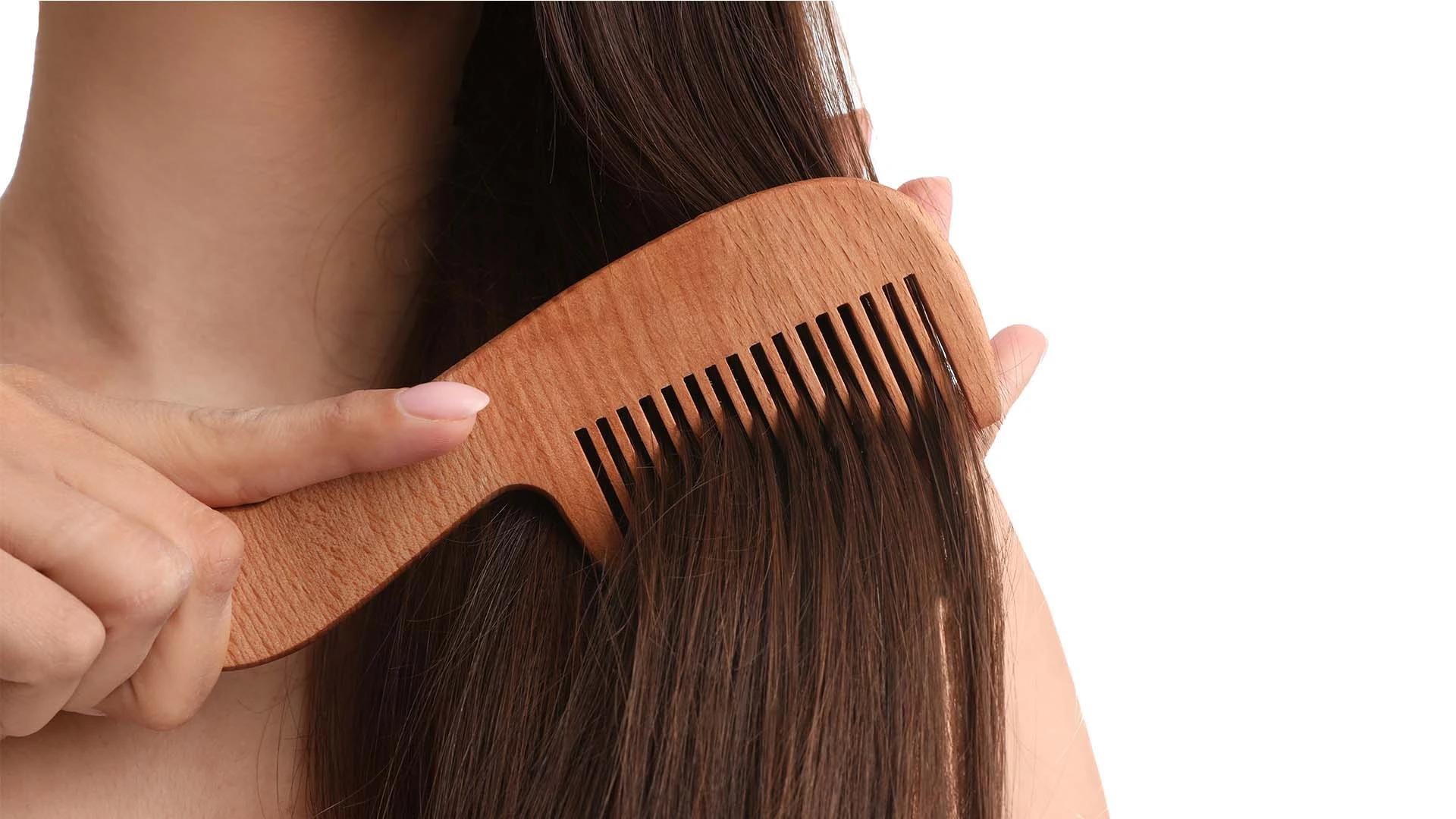Maintaining Your Hair Combs
Your combs work hard for you, so returning the favour with proper care keeps them performing at their best. Clean tools not only work better but also prevent the transfer of oils and product buildup back to your freshly washed hair. Plus, well-maintained combs last years longer than neglected ones.
Cleaning Your Combs: A Step-by-Step Guide
Remove hair strands first, then soak combs in warm water with a drop of shampoo. Use an old toothbrush to scrub between teeth, removing buildup and debris. Rinse thoroughly and air dry completely before storing to prevent bacteria growth.
When to Replace Your Combs
Replace combs when teeth become rough, cracked, or start snagging hair. Wooden combs may need replacement when they begin to splinter, whilst plastic combs should be replaced if they develop sharp edges that could damage your hair.
Frequently Asked Questions
How often should I comb my hair?
This depends on your hair type and lifestyle. Most people benefit from gentle combing once or twice daily, but curly hair might only need combing on wash days to preserve curl patterns.
Can combing stimulate hair growth?
Gentle scalp massage with a comb can improve blood circulation, which may support healthy hair growth. However, aggressive combing can cause damage that impedes growth, so technique matters more than frequency.
What's the difference between a comb and a detangling brush?
Detangling brushes have flexible bristles that bend around knots, making them gentler for severely tangled hair. Combs offer more precision for styling and parting but require hair to be relatively tangle-free first.
Is it better to use a plastic or wooden comb?
Wooden combs are gentler and create less static, making them brilliant for dry or frizz-prone hair. Plastic combs are more durable and easier to clean, so your choice depends on your hair's needs and personal preferences.
How do I choose the best comb for my hair type?
Consider your hair's thickness, texture, and styling needs. Fine hair works best with fine-tooth combs, whilst thick or curly hair needs wide-tooth options. Having multiple combs for different purposes often works better than trying to find one perfect tool.
Final Thoughts
Mastering hair combing isn't about perfection—it's about understanding your hair's unique needs and treating it with the care it deserves. The right comb for hair, combined with proper technique, can transform your daily routine from a chore into a moment of self-care. Remember that great hair days start with the basics, and combing is one fundamental skill that pays dividends in healthier, more manageable locks. Take time to discover what works best for your hair type, invest in quality tools, and be patient with yourself as you develop new habits. Your hair will thank you for the extra attention, and you might just find that perfect combing technique becomes your secret weapon for consistently good hair days.

 1 Unit
1 Unit 230 gm
230 gm 1 Unit
1 Unit